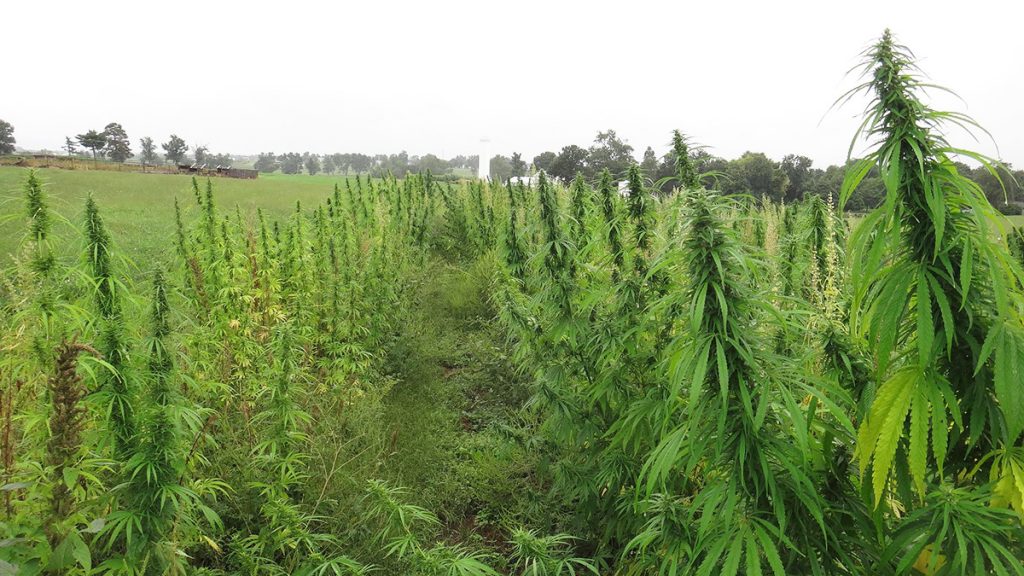Cleaning Up Coal Ash
For well over a century, power plants across the country have burned coal to generate electricity. And for just as long, leftover coal ash has been dumped in open, unlined pits near the power plant, usually located on a river or lake. Every year, U.S. power plants produce 130 million tons of coal ash, which is the second largest waste stream in the country after municipal garbage.
Coal ash concentrates the toxic heavy metals found in coal, including arsenic, mercury, lead and selenium. Stored in unlined, wet impoundments, coal ash has been leaking these toxics into our groundwater and surface waters for years. Sometimes these impoundments collapse — with disastrous results.
Yet government regulations for coal ash management are either non-existent or sparse, and there is little enforcement of the regulations that do exist. In North Carolina, this lack of oversight — and the complicity between state regulators, elected officials and Duke Energy — came to a boiling point in February 2014 when one of Duke’s coal ash impoundments spilled 39 million tons of ash into the Dan River.
Citizens living near North Carolina’s 33 coal ash impoundments — all of which have leaked — have fought for transparency from Duke and the state, and for cleanup of the pollution that threatens their property value, health and family. Their actions forced this issue into the headlines of news networks and to the forefront of environmental justice conversations in the United States.
Appalachian Voices stood with these communities as we worked for years to compel Duke Energy and the N.C. Department of Environmental Quality to excavate coal ash from all the North Carolina sites and dispose of it either in lined, dry landfills, away from waterways, or by recycling it for concrete or other uses, provided it’s done in a manner that protects public health and the environment.
On Jan. 2, 2020, North Carolina announced a historic settlement with one of the state’s most powerful corporations and polluters, Duke Energy. The settlement requires Duke to move nearly 80 million tons of toxic coal ash at six of its power plants to properly lined landfills onsite or recycle it.

Learn information about specific coal ash impoundments in the South, including health threats and safety ratings:
Additional Resources
Fact sheets, videos, links to academic research, and more
Sign Up to Act
Help us protect the health of our communities and waterways.
Latest News
Industrial Hemp Offers Hope to Appalachia’s Farmers and Environment
Virginia farmers will soon be able to grow hemp for industrial purposes — albeit with restrictions. Industrial hemp farming is also being explored to varying degrees in Kentucky, West Virginia, Tennessee and North Carolina.
Service, Music and Community at Appalachian South Folklife Center
The Appalachian South Folklife Center in southern West Virginia has weathered many storms over the past half century, yet continues to provide help to residents in need, education for youth, and a safe harbor for activists.
States Consider Cuts to Mine Safety, Coal Taxes
Legislation in Kentucky, West Virginia and Virginia related to mine safety laws and coal taxation policies is showing how far Appalachian lawmakers will go in attempts to sustain the ailing industry.
Bankrupt Coal Companies Dodge Liabilities and Distribute Bonuses
Three major U.S. coal companies have filed bankruptcy and are grappling with their liabilities to restore sites after mining and their obligations to employees, past and present.
Controversy Shrouds Coal Ash Cleanup
In March, the N.C. Dept. of Environmental Quality held hearings across the state to solicit stakeholder comments on the cleanup plans for North Carolina’s 33 Duke Energy coal ash impoundments. The state also lifted do-not-drink warnings from households with contaminated wells near coal ash ponds.
How coal ash impacts civil rights
Residents of Walnut Cove, N.C., have fought for years to win justice for community members who have been harmed by coal ash pollution at the nearby Belews Creek power plant. In response to the interest in the threats posed by coal ash expressed by the North Carolina Advisory Committee to the U.S. Commission on Civil Rights, the Walnut Cove community showed up in a big way.








